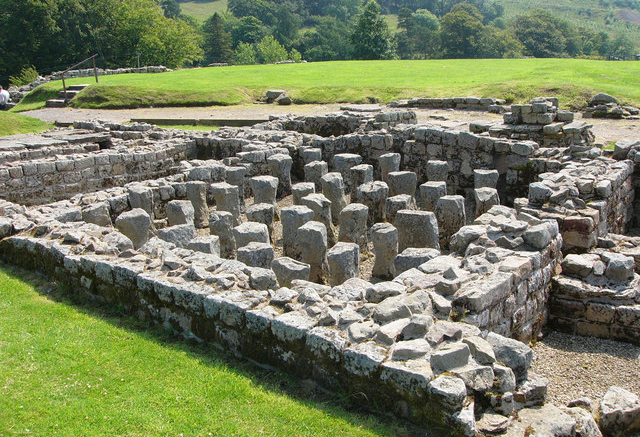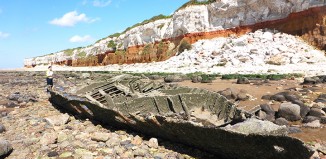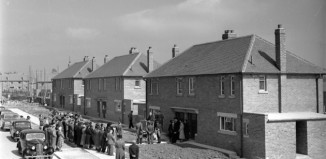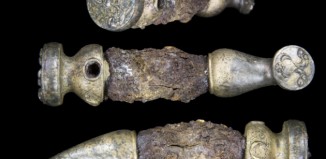Roman industrial revolution at Vindolanda
The ongoing excavations at Vindolanda have revealed further evidence that the Roman Army had established a major metal working factory at the site
The ongoing excavations at Vindolanda have revealed further evidence that the Roman Army had established a major metal working factory at the site. The factory, that would have mined and processed the local lead and iron ores, could perhaps have supplied neighbouring forts with a wide range of finished goods.
Writing tablets
Writing tablets, which were discovered from the earliest forts, revealed lists of names of soldiers who had been assigned to duties in the workshops. A number of which were titled ‘craftsman’. The spread of slag from the many furnaces has been found in all the later fort remains, alongside crucibles, stone moulds and an iron nail-making tool.
Worship of gods
Speaking of the evidence Dr. Robin Birley commented that “many of these furnaces lay to the west of the later forts, on the fringes of the civilian settlement, but others have been found inside the forts, tucked into the rampart mounds alongside the fort walls. It was no surprise that an altar found in the civilian settlement in 1914 was dedicated to the god Vulcan, patron of metalworkers.’
The Roman Army
The Roman Army would have had a really high demand for all kinds of iron goods, ranging from weapons, tools and nails to fittings for within their buildings. It’s believed that these could only have been supplied from establishments near to the natural resources and within three hundred metres of Vindolanda there were sufficiently large deposits of both iron and lead ores that would have attracted industrialists in the nineteenth century, although that activity has unfortunately destroyed evidence of the old Roman workings.
There is ample evidence to suggest that the Roman soldiers were actively engaged in supplying their fort with charcoal, a vital commodity in Roman Britain. There were good layers of high quality coal nearby, as well as sufficient timber to produce large quantities of charcoal.
Peacetime
The Vindolanda evidence helps us to understand how those Roman soldiers spent their time in the long years of peaceful conditions on the northern frontier. Alongside the normal training and patrolling, and keeping their granaries and store-houses well stocked with food and clothing, the soldiers were engaged in producing valuable supplies for colleagues in less favoured locations, as well as potentially raising funds for their regiment by selling the goods to local civilians.
The Roman Army had generated a mini industrial revolution at forts like Vindolanda, only mirrored later in the eighteenth century, when the impact of the new railway to the south of the old frontier line provided the means to export goods to the major markets in large cities to east and west.”








